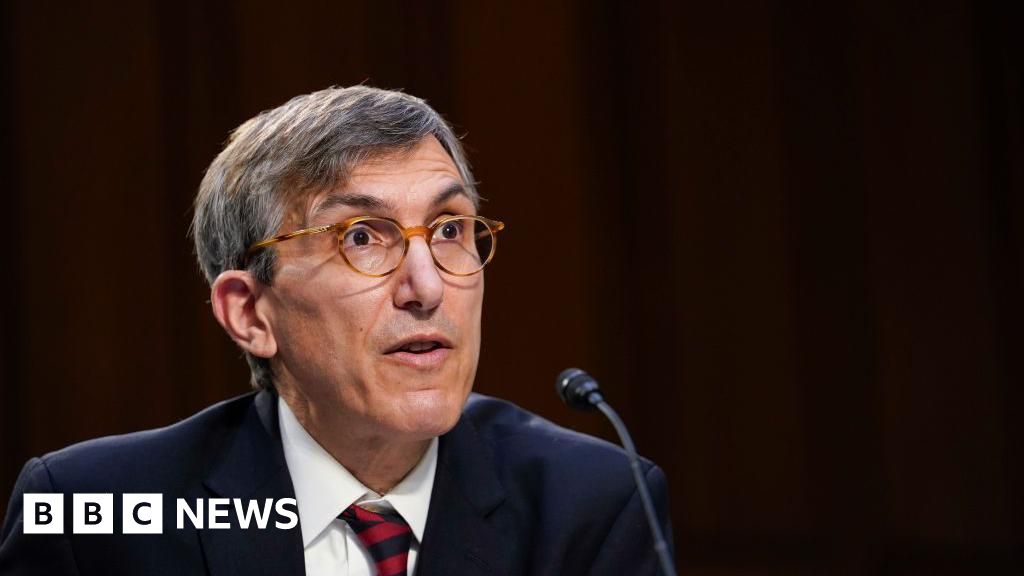ARTICLE AD BOX
By Cache McClay
BBC News, Washington
image sourceGetty Images
image captionStock photo of girls basketball team in US.High profile deaths and criminal charges involving student athletes forced to practice in extreme heat have prompted experts to give dire warnings of heat-related illness as school starts in the US and the youth outdoor sports season returns.
This month, two high school basketball coaches were charged with murder for allegedly causing the death of a 16-year-old girl, Imani Bell, by ignoring signs of heat illness during a practice in 2019. She collapsed during the drills and later died.
The charges come as reports of heat-related student athlete deaths - and lawsuits over them - have filled news outlets from the Midwest to the American South.
They include the death of Drake Geiger, 16, who died of a "heat-related emergency" during football practice, in Nebraska; Jack Alkhatib, 17, who died in South Carolina; Grant Brace, 20, who died in Kentucky a year ago and whose family is now suing; and Shane Thomas, 17, of California, whose 2020 death was this summer ruled to have been related to heat.
In many cases extreme heat warnings had been issued for the area on the days the practices took place.
"We send our kids to school with the presumption of their safety. An excessive heat warning should have meant that their practice was moved inside or cancelled," tweeted Ann Wilcoxen, a parent in Omaha, Nebraska, where one recent death took place.
The second-degree murder charges against Larosa Walker-Asekere and Dwight Palmer, two coaches in Georgia, is only the second publicly known case of school staff facing criminal proceedings for causing a heat-related death.
In 2008, a former Lousiville, Kentucky, high school coach was charged for the death of a 15-year-old football player who collapsed during practice. He was later acquitted of all charges.
And all over the US, hundreds of deaths have been linked to deadly heat waves and high temperatures in this summer alone.
Dr William Adams, an expert on managing heat illness, told the BBC that worsening heat waves pose a serious threat, but that fatal heat-related illnesses are entirely preventable if proper measures are in place.
A paper co-authored by Dr Adams found that in states where schools are required to follow heat accommodation guidelines, there was a 55% reduction of heat related illnesses.
Rules for handling extreme heat and athletics vary from state to state and school district to school district, however, and enforcement is scattershot.
Yet being vigilant can be a matter of life or death.
"We're observing more and longer heat waves in areas of the country that might not be used to that," Dr Adams said. "The environment is getting hotter which increases the risk."
"Any individual who is exercising or exerting themselves outdoors during hot and humid conditions, there is an increased risk for heat illness," Robert Huggins, President of Research and Athlete Performance and Safety at Korey Stringer Institute, told the BBC.
"If we aren't well educated on the signs and symptoms of heat illness, or how to prevent it, athletes can get into a very dangerous place where their body temperature becomes too high. If not treated promptly, they can succumb to heatstroke and they can die," said Dr Huggins.

 3 years ago
157
3 years ago
157








 English (US) ·
English (US) ·